culture, japanese food, Kyoto
Kyoto Foods: Traditional Foods from the Ancient Capital
Linh Le
Posted on August 15, 2022
Share:
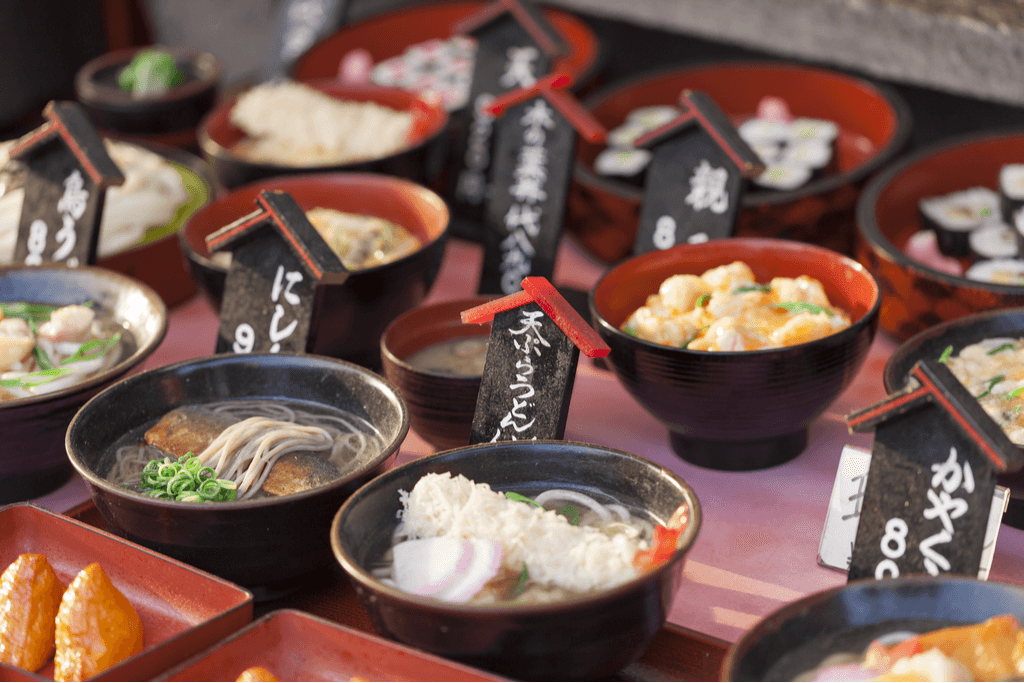
Known as the ancient capital of Japan, Kyoto has a rich and diverse culinary culture dating back hundreds of years, with extremely unique and delicate dishes. If you have a chance to travel to Japan and explore Kyoto, don’t forget to enjoy these Kyoto foods, each of them being traditional delicious dishes.
Kaiseki Ryori (Traditional Kyoto Seafood)
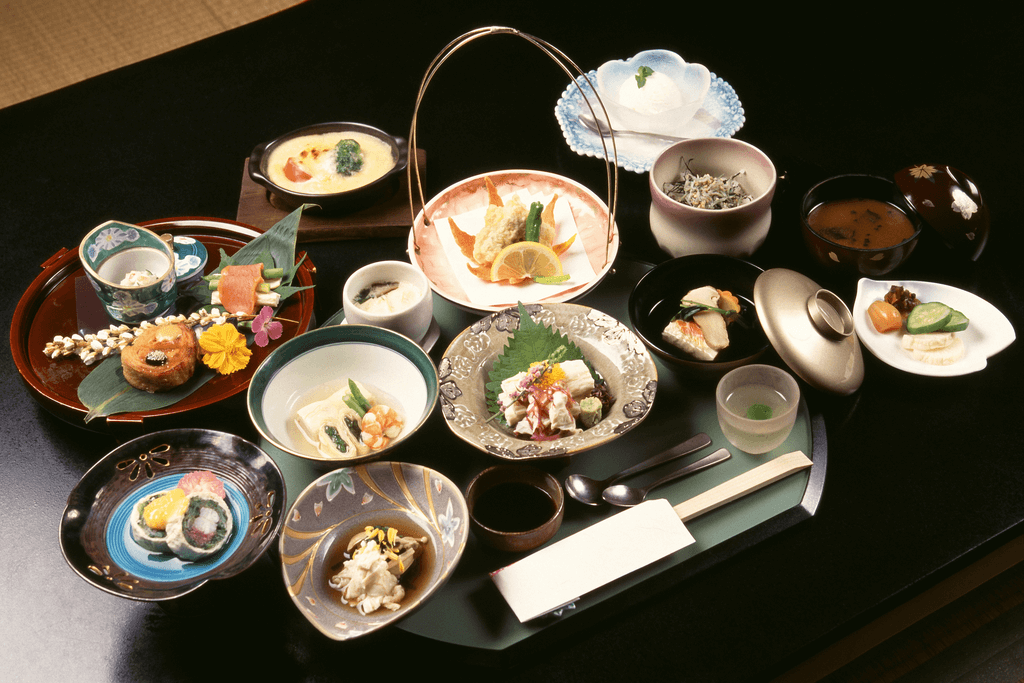
Kyoto’s refined dining style is best exemplified by kaiseki ryori – a multi-course seafood meal served at high-end restaurants and ryokan (Japanese inn) in Gion’s famous geisha (a traditional Japanese female entertainer) district.
Kaiseki has its roots in cha-kaiseki, which was originally snacks throughout the tea ceremony, or chaji where guests are greeted with a light meal before being offered a thick, strong tea that may upset an empty stomach. Based on this origin, chefs follow three main rules for kaiseki: natural, seasonal ingredients, simple seasoning, and careful presentation.
So, there is not any set menu for this meal because chefs create a seasonal menu for diners to enjoy the full flavor of the season at that specific time of the year.
At Gion Karyo – a famous Kyoto Michelin star restaurant – you can watch a group of chefs prepare dishes right at the table in order: bite-sized appetizer then appetizer, a palette-changing soup, a sashimi dish, a dish made with seasonal ingredients, a grilled dish, a simmered dish, a rice dish, and finally, a dessert.
Craving some Kyoto-based traditional snacks but can’t make it to Kyoto? You’ll love what Sakuraco has for you! Sakuraco delivers traditional Japanese snacks, teas, sweets, and snacks from local Japanese makers directly to your door, so you can enjoy a Kyoto treat at home!
Shojin Ryori (Vegetarian Buddhist cuisine)
Vegetarians will love visiting Kyoto as they can enjoy delicious vegetarian Kyoto Japanese dishes at many famous Buddhist shojin ryori eateries.
While kaiseki developed among the nobility, shojin grew out of the strict lifestyle of Buddhist monks. This is because one of the tenets of Buddhism is ahimsa (compassion for all living creatures), meaning that Buddhists must not harm any living being. From this shojin ryori – also known as devout Buddhist cuisine – was born. This dish does not include meat or fish, just vegetables.
This vegetarian Japanese food usually consists of foods of five colors: red, green, white, black, and yellow. These colors represent five elements of Japanese Buddhism: Fire, Wood, Metal, Water, and Earth. Ingredients usually include tofu, sesame seeds, and vegetables such as radish and eggplant.
At Hale, a modest cafe in Nishiki Market, you can enjoy an affordable, well-balanced, and delicious shojin ryori lunch set.
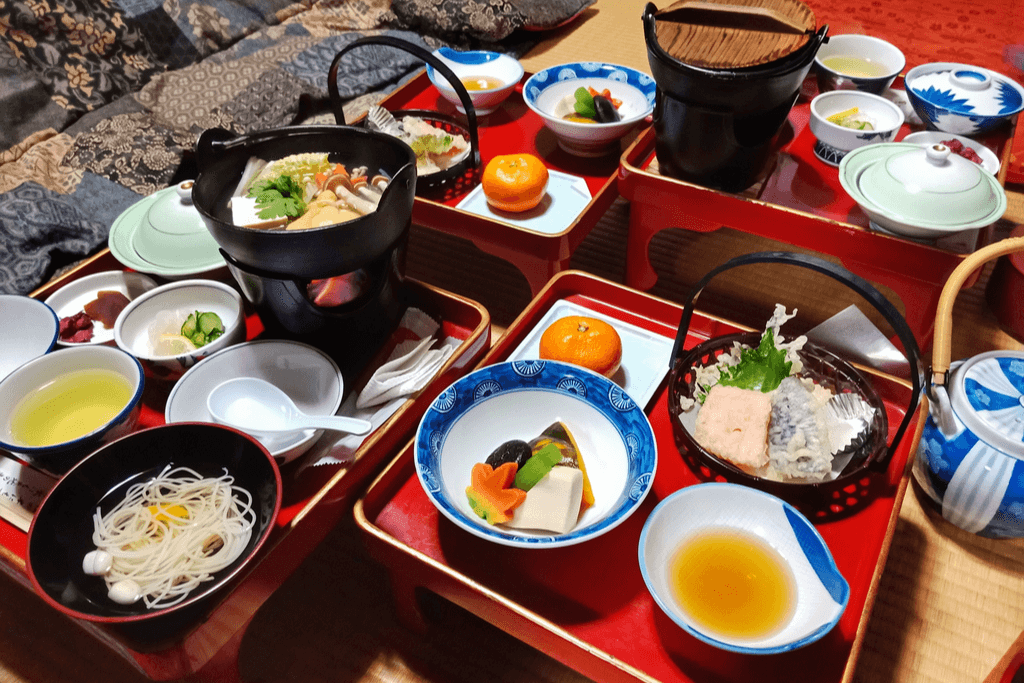
Obanzai Ryori (Kyoto-style home cooking)
Obanzai Ryori is a simple traditional Kyoto-style dish consisting of many small dishes often served at home. It features fresh local produce and seasonal ingredients to create amazing dishes that bring out the natural flavors of the ingredients.
If you feel a little hesitant to go to a high-end traditional restaurant (ryotei) to try kaiseki ryori, obanzai is a great alternative for enjoying real Kyoto foods at an affordable price. It’s packed full of Kyoto vegetables, beans, and dry foods that are healthy and delicious.
Many obanzai shops have a friendly, cozy atmosphere, giving visitors the feeling of having a meal at their own home.
Kyoto-Style Ramen
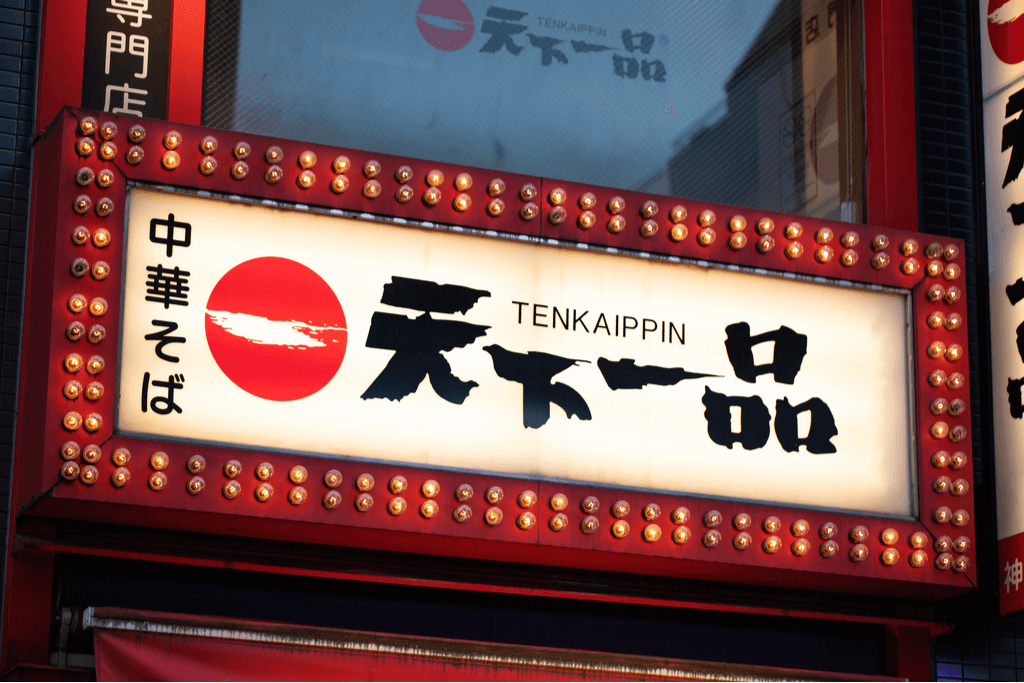
Tenkaippin (known locally as Tenichi) is a chain of ramen restaurants founded in Kyoto in 1981 and is famous for its flavorful kotteri ramen (chicken bone broth ramen).
When it comes to thick ramen soup, people often think of tonkotsu ramen (pork bone broth ramen). However, the Tenkaippin’s broth is different in that it only uses chicken bones that are stewed for 14 hours and vegetables. So in addition to its characteristic rich flavor, the soup also retains the sweet taste of vegetables.
The ramen broth is opaque and served with slices of pork, bamboo shoots, and green onions. Diners can add sesame, chili sauce, or spicy sesame oil for extra flavor.
Nishin Soba (Buckwheat Noodles with Dried Herring)
Because Kyoto is far from the coast, historically the city has not had easy access to fresh seafood, so fish is often preserved to keep longer. One such popular fish is the Pacific herring, known as Nishin.
In Kyoto, nishin soba is a buckwheat noodle dish served on New Year’s Eve (toshikoshi soba). This soba dish is served in a hot broth with sweet and tender herring that has been simmered for several days. Invented by a tea room attached to a theater near Gion in 1882, this dish was served to customers who came to see kabuki (traditional Japanese performance art).
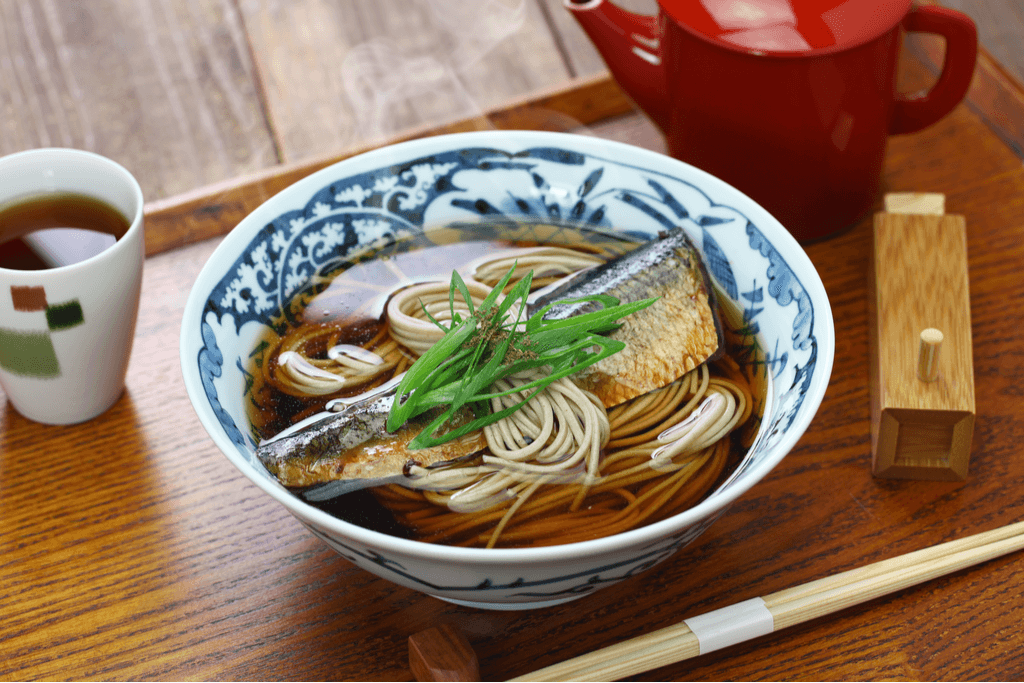
Tsukemono (Pickles)
You’ll find shops all over Kyoto selling a variety of colorful pickled vegetables called tsukemono that make great snacks and souvenirs. You see, Kyoto tsukemono has long been considered one of the best in Japan. Before refrigerators were invented, locally grown vegetables spoiled easily in the hot and humid summers, so they were pickled to be enjoyed for a long time.
Tsukemono can be served as an appetizer or eaten alongside rice or alcohol as a side dish or an ornament to the meal. The main ingredients for making tsukemono are soybean paste, miso, vinegar, rice bran, and sour-tasting fruits like ume (Japanese plum). Plus, Japan also uses a variety of vegetables such as ginger, red pepper, radish, Chinese cabbage, cucumber, and more.
Established in 1940, Uchida Tsukemono is a well-known shop in Nishiki Market that sells some of the best senmai zuke – a classic Kyoto radish pickle usually eaten in winter. If you want to sample a wider variety of pickles, head to Akoyachaya for their all-you-can-eat buffet of 20 types of pickles that can be enjoyed with rice or porridge.
Tofu
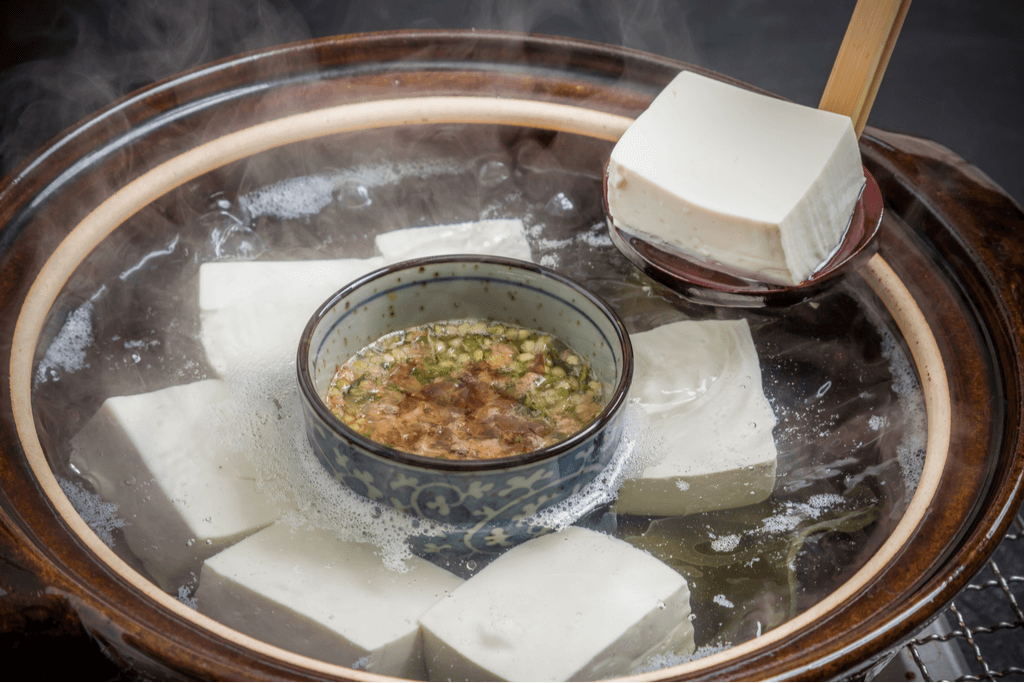
Thanks to Kyoto’s clean water source, some of the best soy foods in Japan are produced in Kyoto, including handmade tofu. Because tofu is made of dried soybeans ground and soaked in water, Kyoto’s tofu is a must-try.
Not only can tofu be eaten in the traditional way, it can also be fried with oil to form a yellow layer on the outside or sliced into vegetable soup.
Another Kytoo tofu dish is called yudofu (boiled tofu blocks) – a special winter treat. You can find many yudofu specialty restaurants in front of the Nanzen-Ji gate, where locals say this dish originated.
Here, a heated wooden pot with a simple kelp broth is placed in front of diners. When the broth boils, the chef will drop several pieces of fresh tofu into it. When the tofu is nicely colored and warm, take it out of the pot and dip it in ponzu (a citrus-based sauce) and enjoy.
Tofu may seem very simple, but through its meticulous process and elaborate decoration, Kyoto tofu has its own rich flavor and is a specialty of this ancient capital.
Kyozushi (Kyoto-Style Sushi)
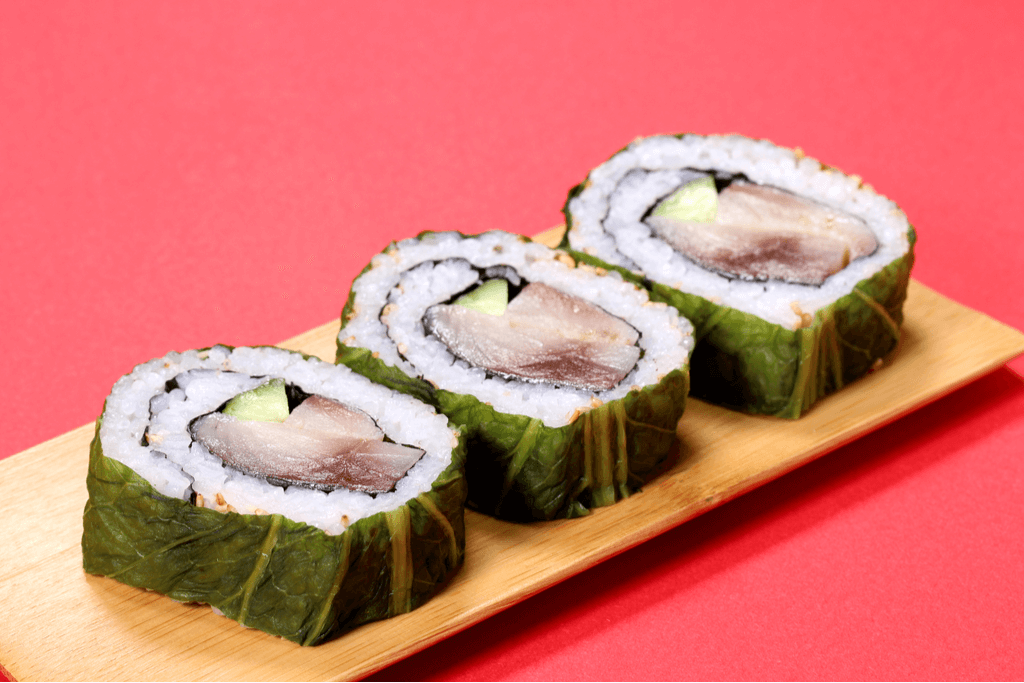
Nigiri sushi (sliced raw fish over rice) is made from fresh fish and is popular in many Japanese cities. However, because of the lack of fresh fish in the past, Kyoto developed a unique local sushi variation called kyozushi or Kyoto-sushi.One of the most popular types of kyozushi is sabazushi, which is made with mackerel soaked in rice and wrapped in kombu (kelp). Another type is hakozushi, which is made from rice and eel or mackerel placed in a rectangular wooden box and cut into small pieces. Both of these popular sushi dishes are served at Izuju, opposite Yasaka Shrine in Gion.
Are you a Kyoto foodie? What other Kyoto foods would you recommend or want to try? Share your thoughts in the comments below.

Discover authentic flavors with Sakuraco
Get Sakuraco 

Discover authentic flavors with Sakuraco
Get Sakuraco 
Related Articles
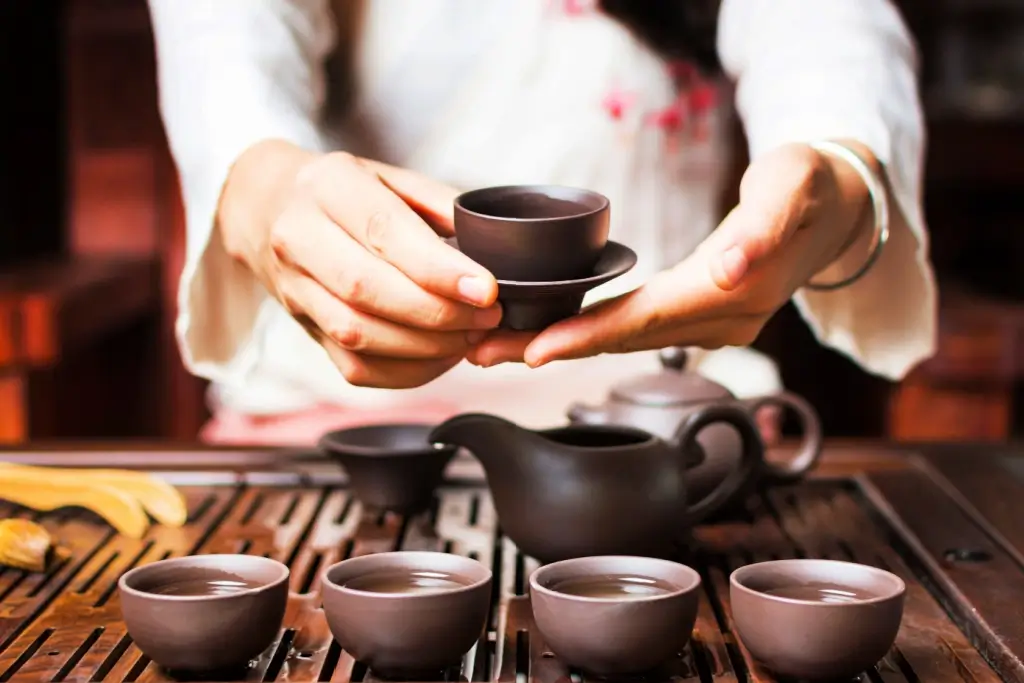
Japanese Ceramics: The Joy of Shonzui Pottery and More
Japanese ceramics are famous worldwide for their beauty and craftsmanship. They offer a world of artistry for collectors and admirers, from designs to glazing.
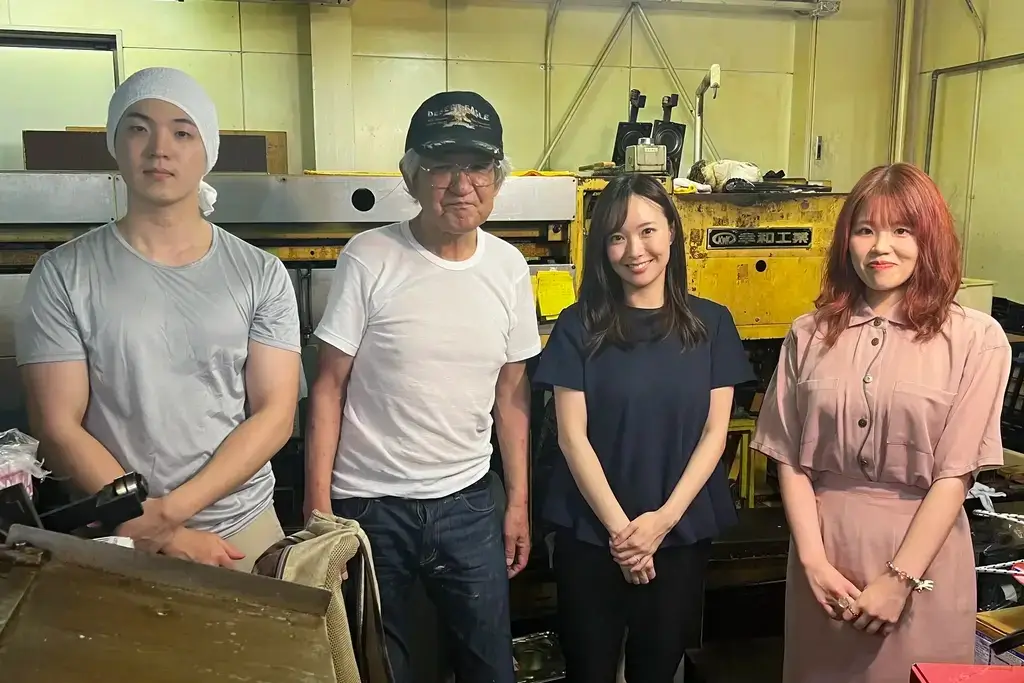
White Sesame Senbei from Eisendo in Ishikawa!
White sesame senbei is one of Eisendo’s most notable confectioneries. Let’s learn how they make them and why they’re so important in Ishikawa.

Ishikawa Japan: The Enchanting Land by the Sea
From Kanazawa’s stunning gardens to the Noto Peninsula’s rugged beauty, Ishikawa offers a unique blend of experiences that captivate every visitor to Japan. Let’s take a closer look at why this area is important.
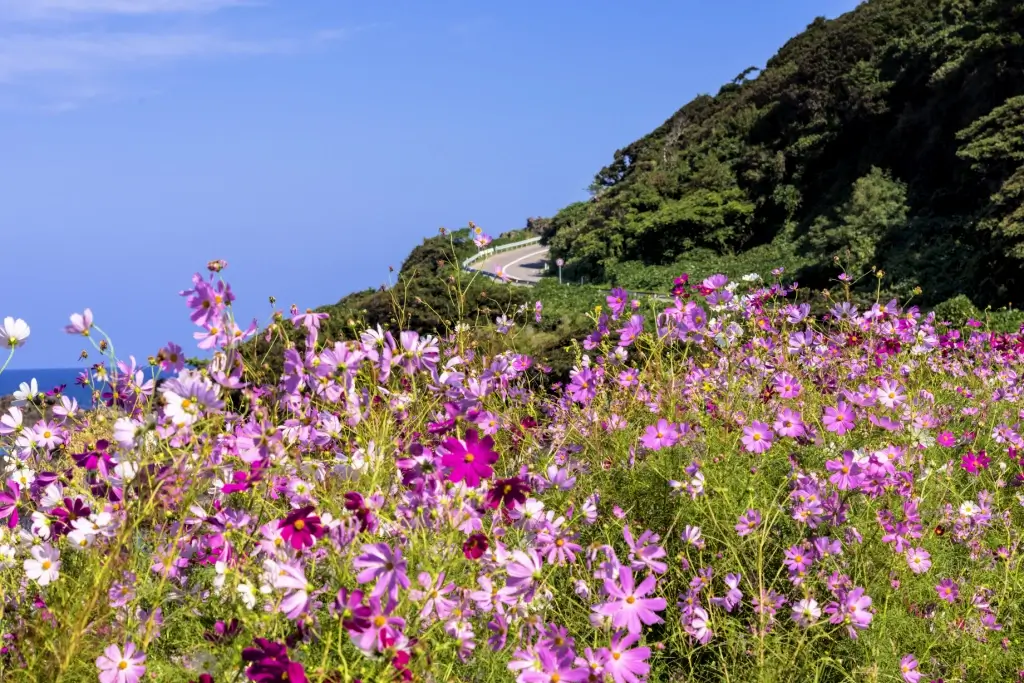
Noto Peninsula: A Remote Land in Recovery
Noto offers an authentic Japanese experience for those exploring Japan’s lesser-known natural sites and culture. Let’s explore this remarkable peninsula and see why it is so favored by travelers seeking authentic Japanese culture.



